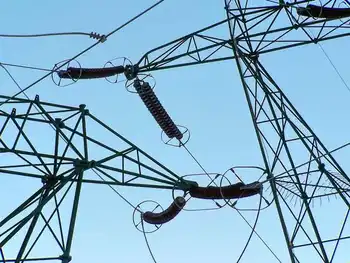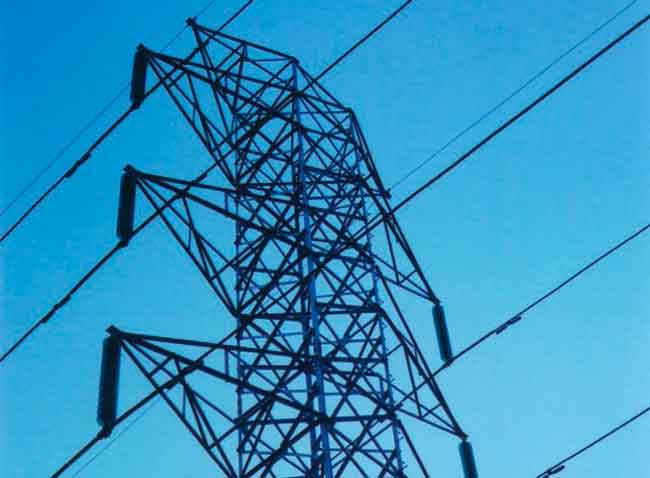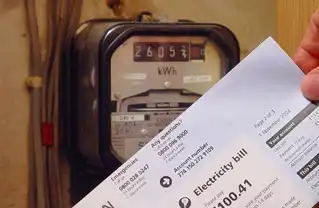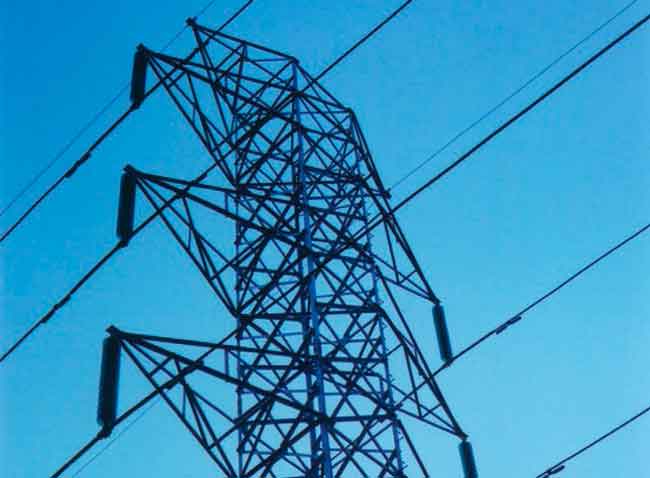Green technology at the L.A. show
By National Post
NFPA 70b Training - Electrical Maintenance
Our customized live online or in‑person group training can be delivered to your staff at your location.

- Live Online
- 12 hours Instructor-led
- Group Training Available
Everything from electric cars to fuel cell-powered SUVs sat centre stage. Just about every manufacturer had something aimed at reducing the automobile's carbon footprint.
In a touch of la-la logic, the Audi exhibit was burning enough electricity to illuminate a large chunk of Los Angeles. Across the aisle, Chrysler's unmanned booth was all but devoid of light. To quote the Genesis song The Day the Light Went Out, "The dark hung heavy on the air." The picture it painted became more of a talking point than many of the green cars revealed at the show. The scene also spoke to the opposites at the show — high-horsepower gas guzzlers sitting amid next-generation fuel misers.
CHRYSLER
The good news is that Chrysler showed its trio of electric vehicles — the extended-range Dodge Caravan, an electric Jeep and the Dodge EV. The last is a keeper as it looks like a miniature version of the mighty Viper. Dodge claims the EV can accelerate to 96 kilometres an hour in less than five seconds, run the quarter-mile in 13 seconds and has a top speed of 192 km/h. The upside, as if looks and speed are not enough, is that the zero-emissions racer has a driving range of somewhere between 240 and 320 kilometres per charge.
MITSUBISHI
Mitsubishi showed its cute-as-a-button iMiEV. Its lithium-ion battery and electric motor combine to deliver a driving range of about 160 km. Its batteries can be charged through a regular household outlet. The drawback, as with many electric cars, is that it takes 14 hours when plugged into a 110-volt outlet.
The saving grace is that Mitsubishi has a three-phase, 220-volt charger capable of delivering an 80% charge in 30 minutes. The iMiEV's long wheelbase allows the batteries to be packaged beneath the floor, while the electric motor, inverter, charger and other electronic components are fitted below the trunk floor. Positioning the heavy bits lower in the vehicle drops the centre of gravity, which improves stability while providing the needed space for the occupants and their luggage.
KIA
Kia's Fuel Cell Electric Vehicle (FCEV) program took a big step forward with the debut of the Borrego FCEV. When compared with the fuel cell-powered Sportage I drove last year, the Borrego boasts a 44% improvement in power output.
The fuel cell and its 450-volt super-capacitor storage system is capable of putting 154 horsepower to the pavement while boasting a best-in-class system efficiency of 62%. The upshot is a top speed of 160 km/h, an acceleration time of 12.8 seconds to 100 km/h and a driving distance from its 202-litre hydrogen tank of 680 kilometres. The new fuel cell also counters another perennial problem -- it has the ability to start in sub-zero temperatures, which makes it viable for Canada.
FORD
Closer to home, Ford revealed the hybrid version of its 2010 Fusion, which will go on sale in the spring. The highlight of this model is its hybrid powertrain. Blending the attributes of a new gasoline-powered engine with those of an electric motor brings a claimed per-tank range of up to 1,120 km.
The new 2.5L engine, which is married to an electronically controlled continuously variable transmission (eCVT), uses variable valve timing on the intake camshaft to produce 155 hp and 136 pound-feet of torque. It also uses the Atkinson cycle to improve efficiency by more than 10% when compared with a conventional engine.
The downside is that this cycle (it delays the closing of the intake valve to reduce pumping losses) typically produces less power. However, the electric side of the hybrid powertrain more than compensates for this shortfall. Expect a gas engine/electric motor combined output of approximately 180 hp.
The Fusion uses a new battery that's smaller, lighter and produces 20% more power. The other big breakthrough is its ability to drive at speeds of up to 75 km/h on electric power only. This is roughly twice the speed of its most obvious hybrid competitors (Nissan Altima and Toyota Camry).
Ford also says the Fusion burns 1.32 L/100 km less gas in the city cycle than the Camry Hybrid.
GREEN CAR OF THE YEAR
The big award annually presented at the Los Angeles show is the Green Car of the Year (an award presented by Green Car Journal). The Volkswagen Jetta TDI picked up the honours this year, beating out a diverse crowd including the BMW 335d, Ford Fusion Hybrid, Saturn Vue Two-Mode Hybrid and Smart fortwo.
The jurors (including Jay Leno and Carroll Shelby) selected the Jetta TDI because it "breaks new ground in the field of clean diesels, achieving emissions certification in all 50 states without the use of special additives or extraordinary measures."
The Jetta TDI's highway fuel economy (4.8 L/100 km) was the other important consideration.











